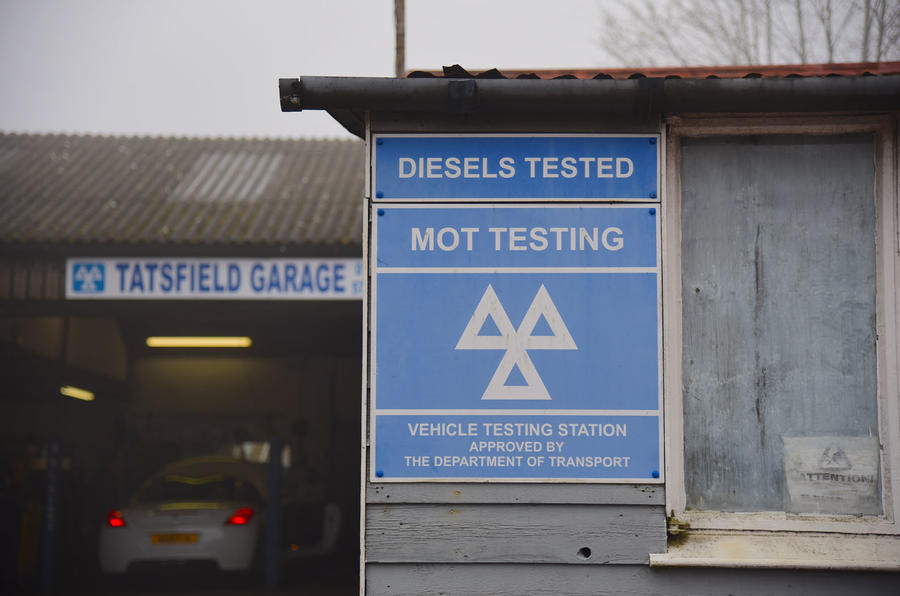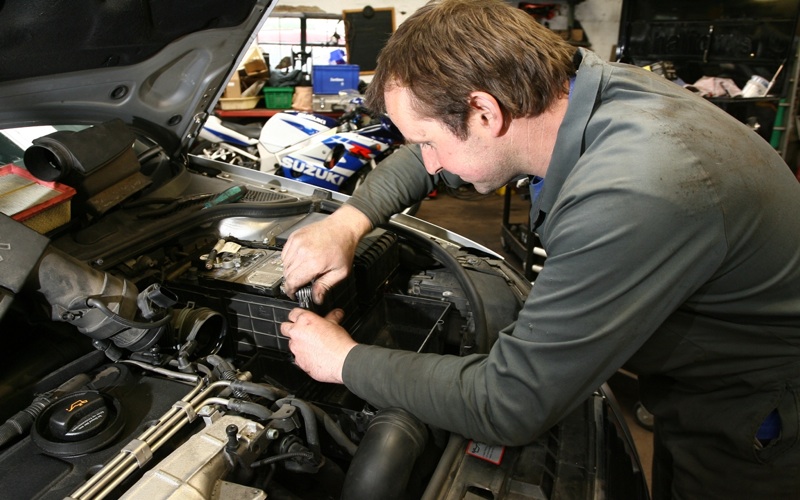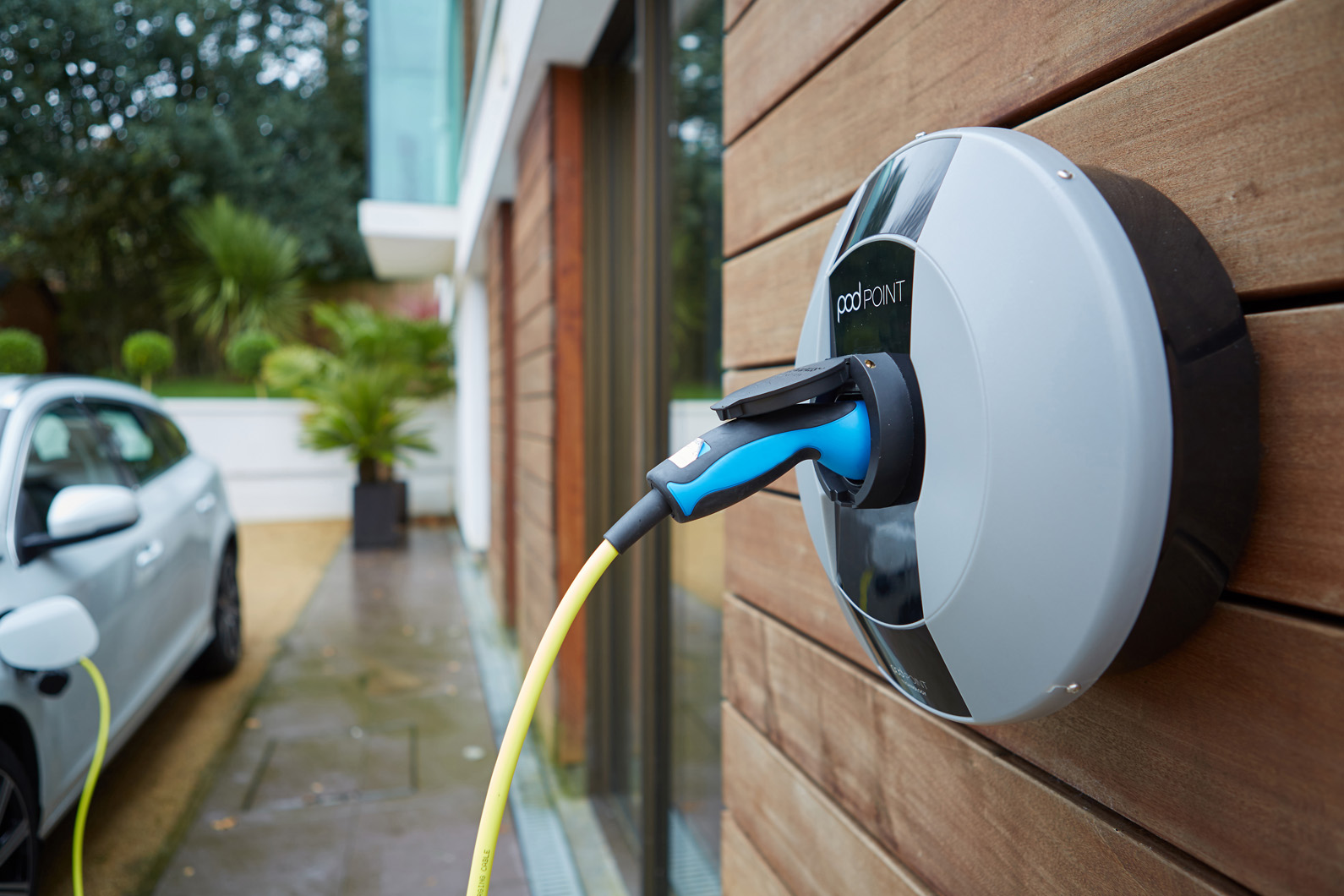BY: Oil expert Simon Michell seeks to answer some common questions about low SAPS oils
Exclusive feature for catmag.co.uk

Diesel Particulate Filters, DPF came on the scene twenty years ago as the levels of soot from diesel exhausts came on to the politcal agenda. More recently Gasoline Particulate Filters, GPF are fitted to many new petrol-powered vehicles.
Low SAPS oils suddenly became important because the DPFs were getting blocked by the oil that was available at the time. The oil manufacturers came to the rescue and developed a set of Low SAPS oils (The “SA” in the name is Sulphated Ash, “P” is for Phosphorus and “S” is for Sulphur. None of which are substances that you or your particulate filter want in a burnt motor oil).
In helpful oil industry fashion, one low SAPS oil standard wasn’t enough. We now have five low SAPS car oils and two in commercial oils! ACEA – the European Automobile Manufacturers’ Association gave the Low SAPS oils a specific specification starting with C – They follow a logical sequence of C1 C2 C3 C4 C5. One question that is often asked is what is the difference between the five Low SAPS oils?
A common, but incorrect myth is that it is a case of ‘good, better and best’ as you go through the five levels of categories. The important take is that the five low SAPS oils all have specific specifications, they are just different – We will return to how different they are in a moment.
What are SAPS and what harm do they do?
A neat explanation is that certain additives are limited in Low SAPS oils – it is not an extra portion of additives.
Starting with the sulphated ash. This is the residue that blocks the DPF when phosphorous and sulphur additives are burnt in the oil, while the phosphorous and sulphur are additives that are added to the oil. The phosphorous is an anti-wear additive. The trouble is, that when it is burnt, it blocks the DPF – in addition the phosphorous can ‘poison’ the GPF (Gasoline Particulate Filter) in petrol engine cars and stop the coated substrate from working.
The sulphur is an anti-oxidant additive. It too can block the DPF (Oil oxidation is bad news for any engine. It’s when the oil thickens up and causes sludge). In both instances ACEA set limits as to how much phosphorous and sulphur can be used. (Alternative additives are used to ensure a balanced oil formulation that gives the same protection).
READ: THE SLIPPERY SUBJECT OF OIL SPECIFICATIONS
Just reducing the amount of phosphorous and sulphur additives in Low SAPS oil is not the end of the story. The oil manufacturers have included a set of HTHS viscosity ranges for Low SAPS oils. In my last article, we took a look at HTHS viscosity. Let’s do a brief recap of what High Temperature High Shear HTHS is all about.
If oil can be squeezed through the engine bearings in a more slippery way – there is a fuel saving benefit. High Temperature High Shear HTHS measures the viscosity of an engine lubricant at 150°C and simulates the narrow tolerances and high speeds between moving parts in a hot engine. In particular bearings, the camshaft, the piston rings and liner. Low SAPS oil have their own set of HTHS viscosity ratings. The ACEA European Oil Sequences 2016 will give you all the detail if that is your particular interest.
READ: OIL VISCOSITY MADE SIMPLE
That about it from an oil technical view. Low SAPS oil is what is taken out and not what is put in to the oil. Additionally the oils have a specific HTHS viscosity range.
Commercial oils use the E prefix and there are currently two Lows SAPS commercial oils: E6 and E9
In my first article, we talked about the 4 level approach to understanding engine oils.
- Using that process: All Low SAPS oils are fully synthetic – so that takes care of level 1
- Level 2: is the viscosity
- Level 3: the Low SAPS ACEA specifications in this article
- Level 4: are the crucial manufacturer specifications
Let’s have a look at the five Low SAPS oil and some of the popular applications. The Valvoline specification sheet extract tells us what we need to know.
| SynPower™ ENV C1 SAE 5W-30 |
| ACEA C1 |
| Ford WSS-M2C934-B |
| Land Rover STJLR 03.5005 approved |
LOW SAPS C1
C1 oil was primarily used in early Land Rover and Jaguars. It is unlikely to be stipulated in modern car engines. C1 oil will only be found in 5W-30 viscosity.
| SynPower™ DT C2 Motor Oil SAE 0W-30 |
| ACEA C2 |
| Ford WSS-M2C950-A |
| Jaguar Land Rover STJLR 03.5007 |
LOW SAPS C2
C2 oil is often specified for French cars. It is now becoming the specification of choice for other car manufacturers. C2 oil can have a 0W-30 or a 5W-30 viscosity.
This is an example of the 0W-30 C2 with the popular Ford specification WSS-M2C950-A.
| SynPower™ ENV C2 SAE 5W-30 |
| ACEA C2 |
| PSA B71 2290 |
An example of the 5W-30 C2 oil, with the Peugeot Citroen specification PSA B71 2290
LOW SAPS C3
C3 oil is usually associated with the German car marques: BMW, Mercedes Benz, and VAG. C3 oil can have a 5W-30, 5W-40 or 0W-30 viscosity. In this example, clever oil technology has allowed the inclusion of the C2 performance level.
| SynPower™ MST C3 Motor Oil SAE 5W-30 |
| ACEA C2, C3 |
| BMW LL-04 approved |
| Mercedes Benz 229.51 and 229. 52 approved |
| GM Dexos2 approved |
| VW 505.00/505.01 approved |
LOW SAPS C4
Renault engines sit in glorious isolation with C4 oil. It is also used in Nissans using the Renault engine. The ACEA C4 specification will usually be linked with the Renault specification RN 0720.
C4 oil is blended in 5W-30 viscosity.
| SynPower™ MST C4 Motor Oil SAE 5W-30 |
| ACEA C4 |
| Renault RN 0720 approved |
LOW SAPS C5
C5 oil is the oil for 2020 generation engines that are built for super fuel economy. The oils viscosity is usually 0W-20 or 5W-20. Many manufacturers are now stipulating C5 oil along with their own manufacturer specifications.
Examples being: 0W-20
- VAG 508.00/509.00
- Volvo RBSO-2AE
- Mercedes Benz 229.71
Do remember ACEA C5 is level 3. The correct level four manufacturer specification must be adhered to!
Finally, according to Pleth Nielsen, manager of the Tribology Center at the Danish Technological Institute, estimates show that between 2 and 4 percent of an industrialised country’s gross domestic product (GDP) is lost through friction and to mechanical parts wearing out. This might be a bit of an extreme calculation, but there is no doubt that whenever there is friction between two surfaces, wear will occur. The correct lubrication prevents this, which is why we are here.











Go to comments